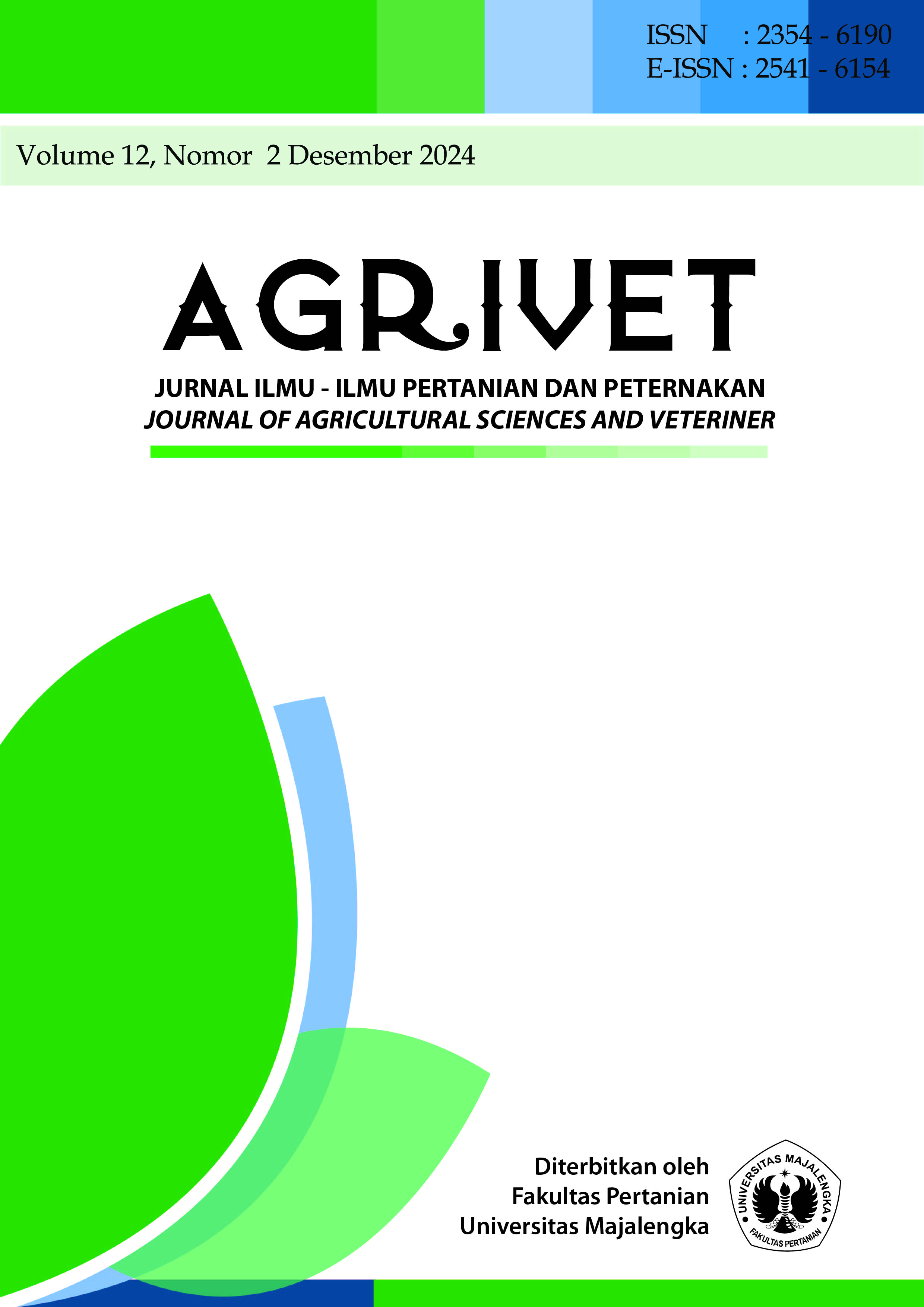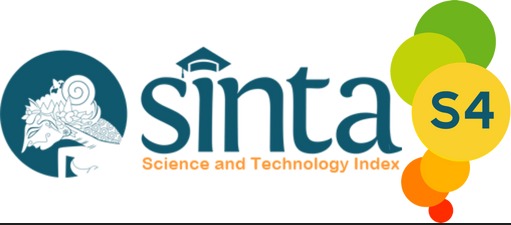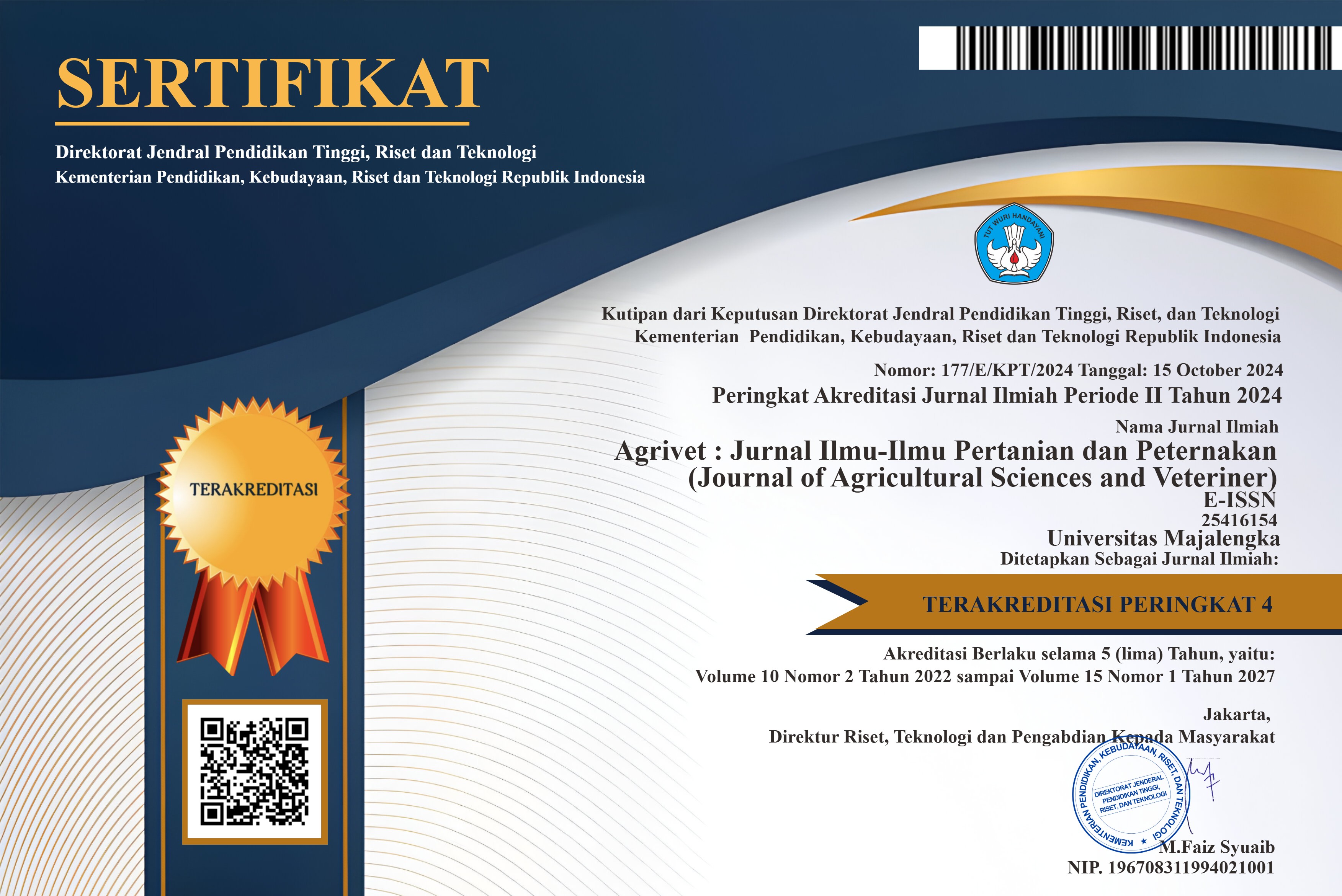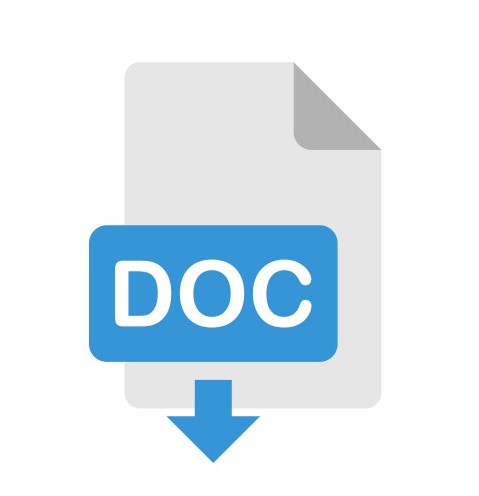Fermentasi pelepah sawit dengan bakteri asam laktat: Lactobacillus plantarum dan Pediococcus pentosaceus
DOI:
https://doi.org/10.31949/agrivet.v12i2.12100Abstract
Palm fronds are a crop commodity that generates substantial amounts of waste that is utilized in agricultural industries. Palm frond waste can be processed into animal feed and serve as an effort to reduce environmental pollution caused by palm oil production. Given its potential, it warrants further testing, but it contains numerous detrimental anti-nutritional compounds if consumed directly by livestock. Therefore, using proximate analysis, fermentation processing using bacteria such as Lactobacillus plantarum and Pediococcus pentosaceus must be done. This study was conducted at the Laboratory for Development of Industrial Agricultural & Biomedical Techniques (LAPTIAB), National Research and Innovation Agency (BRIN) from November 1, 2023 to February 29, 2024. The experimental design was a complete randomized block design including treatments like control, Lactobacillus plantarum, Pediococcus pentosaceus, and consortium analyzed via DMRT (Duncan’s Multiple Range Test). Results showed that adding Lactobacillus plantarum to palm fronds resulted in the lowest reduction of crude fibre content by 45.59%, without affecting crude protein, crude fat, or nitrogen-free extract contents. It can be concluded that using Lactobacillus plantarum and Pediococcus pentosaceus in the fermentation process of palm fronds has no natural effect on the content of crude protein, crude fat, and BETN. However, the lactic acid bacteria can reduce the content of crude fibre fermented palm fronds.
Keywords:
Palm frond, Fermentation, Lactic acid bacteria, Proximate analysisDownloads
References
Ahmad, Husin Hutabarat, Armyn Hakin Daulay, Tri Hesti Wahyuni. 2014. Penggunaan Pelepah Kelapa Sawit dengan Berbagai Level Biomol pada Pakan terhadap Karkas Domba Lokal Jantan. Jurnal Peternakan Integratif. Vol. 3 (1), hal. 1-10.
AOAC. 1993. Official Methods of Association Of Official Chemisis, 12th Edition. Association of Official Analytical Chemist Benjamin Franklin Station, Washington.
Armina, Fariani, Arfan Abrar, Gatot Muslim. 2013. Kecernaan Pelepah Sawit Fermentasi dalam Complete Feed Block (CFB) untuk Sapi Potong. Jurnal Lahan Suboptimal, Vol. 2 (2): 129-136.
Badan Pusat Statistik Indonesia. 2023. Statistik Kelapa Sawit Indonesia. Direktorat Statistik Tanaman Pangan, Hortikultura, dan Perkebunan.
Budi, Purwo Widiarso, Novi Nurul Afifah, Acep Perdinan. 2023. Pengaruh Penambahan Lactobacillus plantarum dengan Level yang Berbeda Terhadap Kualitas Organoleptik, pH, dan Kandungan Nutrien Silase Limbah Sayur Kol (Brassica oleracea L. var. capitata L.). Jurnal Penelitian Peternakan Terpadu. Vol. 5, No. 2, hal. 177-194.
Danang, Biyatmoko. 2013. Respons Peningkatan Nutrisi Pelepah Sawit Fermentasi yang Binokulasi dengan Inokulum yang Berbeda. Jurnal Zira’ah, Vol. 36 (1): 20-24.
Fakhri, Aji Amrullah, Liman, Erwanto. 2015. Pengaruh Penambahan Berbagai Jenis SUmber Karbohidrat pada Silase Limbah Sayuran Terhadap Kadar Lemak Kasar, Serat Kasar, Protein Kasar, dan Bahan Ekstrak Tanpa Nitrogen. Jurnal Ilmiah Peternakan Terpadu, Vol. 3 (4): 221-227.
Fatmayati, Nina Veronika. 2022. Pemanfaatan Daun Pelepah Kelapa Sawit Sebagai Sumber Alternatif Pakan Hijauan Ternak. Jurnal Sains dan Ilmu Terapan. Vol. 5, No. 2, hal. 77-80.
Galang, G. A. S., Kusuma A., Muhtarudin M., & Erwanto E. 2023. Evaluasi Kecukupan Nutrisi pada Sapi Potong di KPT Maju Sejahtera Kecamatan Tanjung Sari Kabupaten Lampung Selatan. Jurnal Riset dan Inovasi Peternakan. Vol 7(2): 147:155.
Karda, I Wayan, Bulkaini, Muhammad Ashari, Tarmizi. 2015. Profil Nutrisi Kulit Buah Kakao yang Difermentasi dengan Fermentor Berbeda. Jurnal Ilmu dan Tekonologi Peternakan Indonesia, Vol. 1 (1): 40-46.
Lezita, Maliamti, Endang Sulistyowati, Yosi Fenita. 2019. Profil Asam Amino dan Nutrien Limbah Biji Durian (Durio zibethinus Murr) yang Difermentasi dengan ragi Tape (Saccharomyces cerevisae) dan Ragi Tempe (Rhizopus oligosporus). NATURALIS: Jurnal Penelitian Sumberdaya Alam dan Lingkungan, Vol. 8 (1): 59-66.
Lokapirnasari, W.P., L. Maslachah, A. M. Sahidu, A. B. Yulianto. 2021. The Potency of Pediococcus pentosaceus Incubated with Moringa oleifera in Fermentation Process to Increase Nutrient Content of Rice Bran. IOP Conference Series: Earth and Environmental Science.
Muayyidul, Haq, Shultana Fitra, Sylvia Madusari, Danie Indra Yama. 2018. Potensi Kandungan Nutrisi Pakan Berbasis Limbah Pelepah Kelapa Sawit Dengan Teknik Fermentasi. Seminar Nasional Sains dan Teknologi. Fakultas Teknik Universitas Muhammadiyah Jakarta.
Setyawati, Nur Eka, Muhtarudin, Liman. 2014. Pengaruh Lama Fermentasi Trametes sp. Terhadap Kadar Bahan Kering, Kadar Abu, dan Kadar Serat Kasar Daun Nenas Varietas Smooth cayenne. Jurnal Ilmiah Peternakan Terpadu, Vol. 2 (1): 19-24.
Steel, P G D & Torrie, J.H. 1991. Prinsip dan Prosedur Statistika suatu Pendekatan Geometrik. Terjemahan B. Sumantri. PT. Gramedia, Jakarta.
Sudarmadji, S., B. Haryono, Suhardi. 1997. Prosedur Analisis untuk Bahan Makanan dan Pertanian. Liberty, Yogyakarta.
Superianto, S., A.E. Harahap, A. Ali. 2018. Nilai Nutrisi Silase Limbah Sayur Kol dengan Penambahan Dedak Padi dan Lama Fermentasi yang Berbeda. Jurnal Sain Peternakan Indonesia, Vol. 13 (2):172-181.
Suryani, H. 2016. Supplementation of Direct Fed Microbial (DEM) on In Vitro Fermentability and Degradability of Ammoniated Palm Frond. Skripsi. Universitas Andalas, Padang.
Suryani, H., W. Wijayandari, S. Fakhri, A. Latif, A. Yani. 2020. Pengaruh Penambahan Bakteri Asam Laktat dan Pakan Sumber Energi terhadap Kandungan Nutrisi dan Fraksi Serat Silase Pelepah Sawit. Jurnal Peternakan, Vol. 17 (2): 81-89.
Tillman, A.D., H. Hartadi, S. Reksohadiprodjo, S. Prawirokusumo, S. Lebdosoekojo. 1998. Ilmu Makanan Ternak Dasar. Gadjah Mada University Press, Yogyakarta.
Wulandari, Santi, Andi Tenri Bau Astuti Mahmud. 2021. Analisis Kandungan Nutrisi Pakan Ternak Fermentasi Berbahan Dasar Daun Jati (Tektona grandis) dengan Lama Fermentasi yang Berbeda. Agrovital: Jurnal Ilmu Pertanian, Vol. 6 (2): 70-74.
Published
How to Cite
Issue
Section
License
Copyright (c) 2024 Syarifah Nur Halimah, Mansyur, Ruslan Abdul Gopar

This work is licensed under a Creative Commons Attribution-ShareAlike 4.0 International License.
An author who publishes in the Jurnal Agrivet agrees to the following terms:
- Author retains the copyright and grants the journal the right of first publication of the work simultaneously licensed under the Creative Commons Attribution-ShareAlike 4.0 License that allows others to share the work with an acknowledgment of the work's authorship and initial publication in this journal
- The author is able to enter into separate, additional contractual arrangements for the non-exclusive distribution of the journal's published version of the work (e.g., post it to an institutional repository or publish it in a book) with the acknowledgment of its initial publication in this journal.
- The author is permitted and encouraged to post his/her work online (e.g., in institutional repositories or on their website) prior to and during the submission process, as it can lead to productive exchanges, as well as earlier and greater citation of the published work









